Playa de las Catedrales
Natural stone arches form a walkable "cathedral" at low tide, then disappear entirely when the water returns.
Located along the western boundary of the “Cantabrian rasa” along Spain’s Galician coast is a stretch of sand just under a mile long, yet packed with a most unusual series of geological formations. This beach alone proves that Mother Nature had a fondness for flying buttresses eons before any human engineer patted himself on the back for coming up with the now-iconic architectural feature.
Officially called the Praia de Augas Santas or “Beach of the Holy Waters,” the beach is more often referred to by the name locals use for its halls of natural wonder: La Playa de las Catedrales, or “Beach of the Cathedrals.” So named in honor of the extraordinary natural rock formations resembling the soaring arches found in Gothic cathedrals, the unusual geology along this particular stretch of coastline gains all the more magic for the fact that its glory is only revealed at low tide.
As the waters recede, a vista of natural arches, cliffs, and sea caves are revealed. The arches themselves reach 90 feet in height, while deep, eroded caves stretch back into the cliffside. Connecting all these features are sandy patches formed by the schist and slate of the rocks themselves. Playa de Catedrales has become a popular destination for those who feel a more holy kinship with nature, or seek to experience a touch of the divine in a new, unexpected setting.
Strolling among these rocky outcroppings and exploring all these nooks and crannies at low tide is encouraged, though keeping a vigilant eye turned toward the returning sea is a must. Thanks to the region’s extremely planar coastline, the ocean can, at times, return alarmingly quickly, for once high tide has come, all traces of the cathedrals and those basking in their glory will be inundated until the cycle starts anew, revealing the secrets lying beneath their waves.
Know Before You Go
From 2015 there is a limit in the number of visitors allowed per day. You can get your reservation, here: https://ascatedrais.xunta.es/monatr/inicio?lang=es.
Due to the tourism boom that this beach experiences, the authorities limited the visitors daily to less than five thousand. Therefore, it is recommended to visit the Cathedral's beach in winter or during the shoulder seasons (spring and autumn). Visitors will be able to have a more fulfilling experience without the crowds. It is also key to schedule your visit when the tide is low.












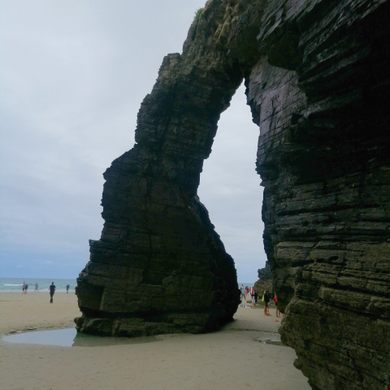
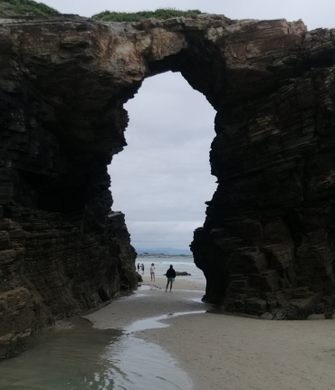




















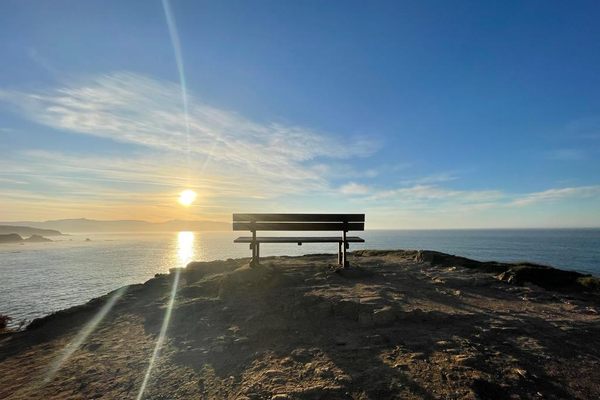

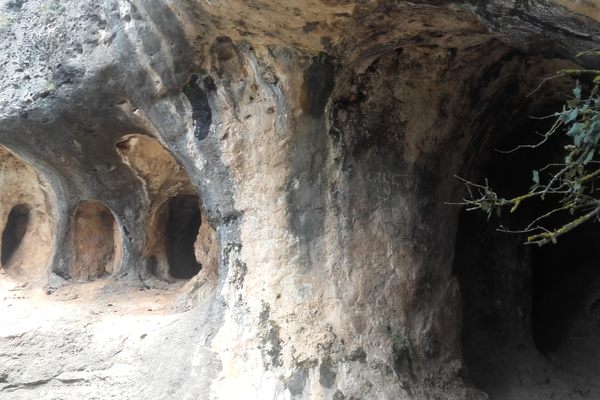
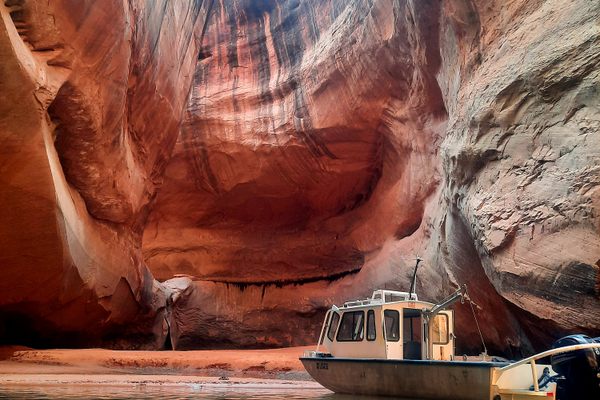
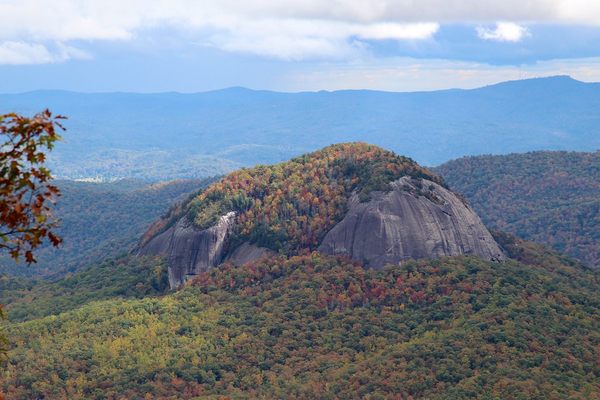
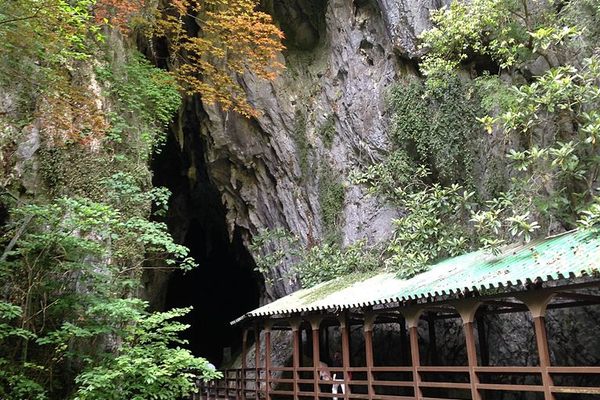

Follow us on Twitter to get the latest on the world's hidden wonders.
Like us on Facebook to get the latest on the world's hidden wonders.
Follow us on Twitter Like us on Facebook